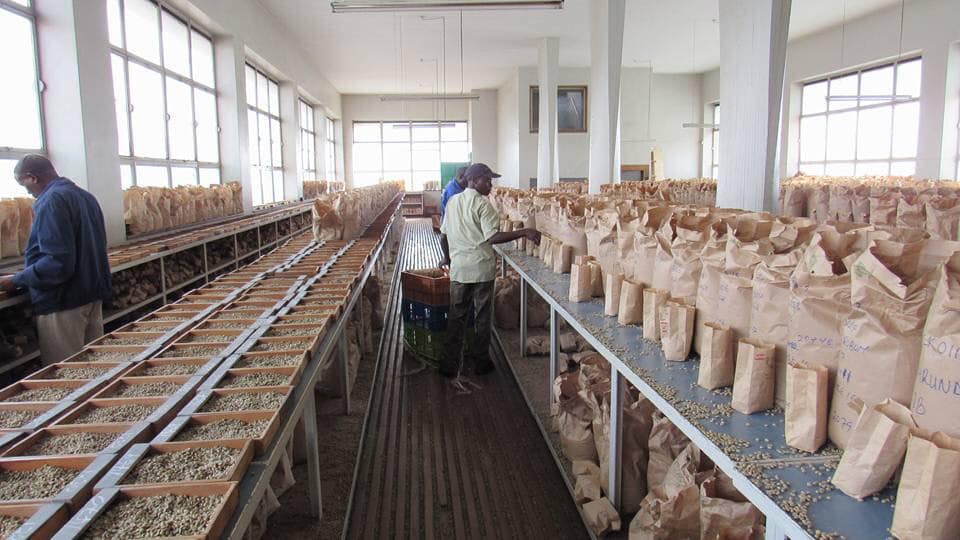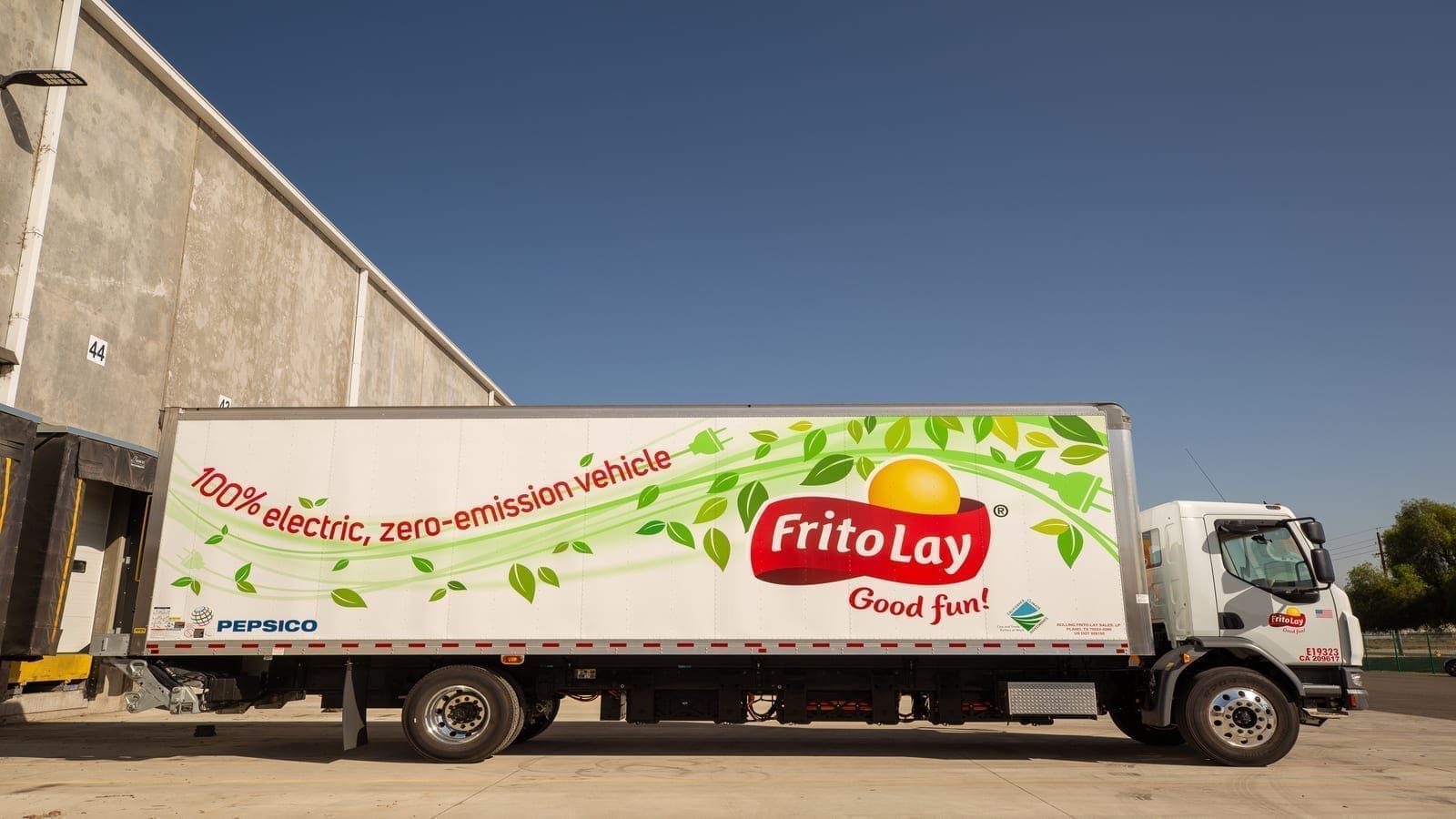NEW ZEALAND – A new report from the Foreign Agricultural Service of the US Department of Agriculture (USDA) is projecting a fall in New Zealand milk production in 2022 due to continued dry conditions in key producing areas, high feed prices, a smaller dairy herd, and continued labor shortages.
The liquid milk production has been revised down to a forecast of 21.8 million metric tons (MMT) by FAS/Wellington, which if realized would be the lowest annual level since 2017, and one percent below the revised 2021 number.
The revision was attributed to a poor first quarter, which will still likely result in an overall year-on-year drop in production from 2021 even after returning to a normal Spring pasture and milk production levels later in 2022.
Another factor impacting dairy farmers and also reflecting on liquid milk production is a sharply higher price of inputs (Fertilizer and feed prices) that have skyrocketed in recent months.
Despite these high prices, demand for imported feed has still been expanding to make up for poorer pastures and lack of on-farm feed.
Also continued gradual shrinking of cow heard is also exacerbating the situation with FAS/Wellington estimating the trend will continue this year up to 4.875 million herds from 4.904 million head last year.
Shortage of labor in the dairy industry is another constraint for farmers and processors owing to closed international borders due to COVID-19, as well as strong demand for labor from other New Zealand industries.
Although the Government of New Zealand announced border exceptions for 500 additional workers in the dairy sector, the industry is still calling on the government to allow even more to help alleviate staff shortages.
FAS/Wellington has revised the Whole Milk Powder (WMP), and cheese production for 2022, down to 1.55 MMT and 380,000 MT than 2021 respectively.
Reduced import demand from China has also put pressure on WMP prices caused by extensive COVID-19 lockdowns, which have reduced food service activity, and stock build-up.
Additionally, Skim Milk Powder (SMP) production has been revised slightly down in light of the reduced milk supply but is still expected to be up by six percent from 2021 by FAS/Wellington.
This is after a sharp rise in sales to Southeast Asia more than offset reduced Chinese shipments and also less EU SMP is boosting demand for New Zealand products.
Meanwhile, Butter and Anhydrous Milk Fat (AMF) production is estimated at 480,000 MT, slightly below the earlier estimate but two percent higher than 2021 by FAS/Wellington.
Liked this article? Subscribe to Food Business Africa News, our regular email newsletters with the latest news insights from Africa and the World’s food and agro industry. SUBSCRIBE HERE.











